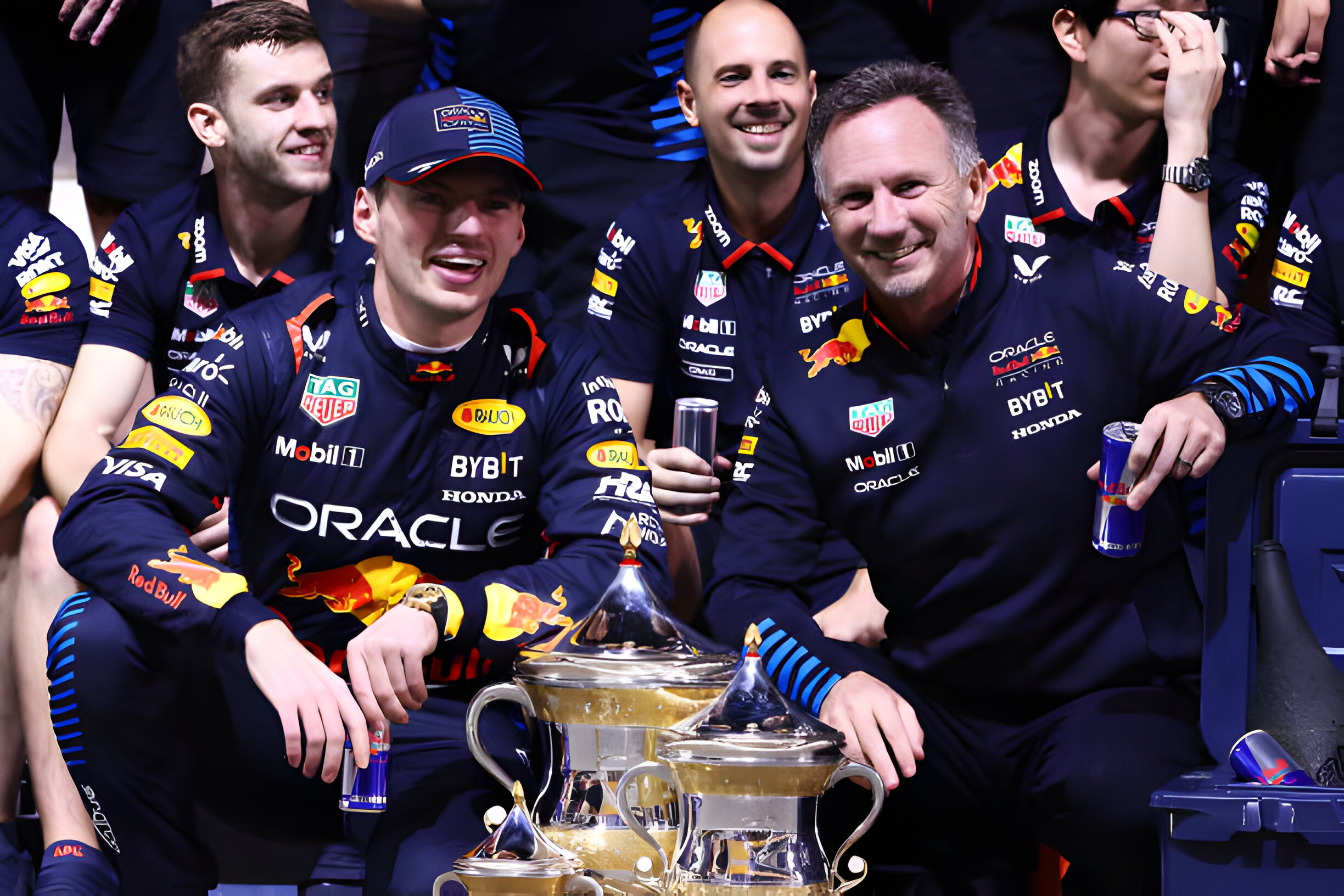McLaren emerged as the heroes of the Silverstone race with an outstanding performance, but their tire strategy nearly jeopardized Lando Norris' impressive second-place finish. The British driver received hard compound tires for his final stint under neutralization when most other drivers opted for soft compounds - including his fierce rival Lewis Hamilton. This decision seemed puzzling given that earlier in the race, Norris had expressed a preference for tires with a red stripe. However, McLaren stuck to their original plan despite input from their driver.
Andrea Stella, team principal of McLaren, shed light on what prompted this controversial decision during a post-race interview with The Race. He explained that initially they expected only a virtual neutralization and believed that heating up hard tires would not be an issue under those conditions. However, when safety car deployment was announced while Norris was already heading towards pit stops, changing tire allocation became complicated.
Stella stated that altering tire choice at such short notice would have caused operational problems and potentially led to delays or even loss of position during restarts after pit stops. Additionally, 'Copse', one of Silverstone Circuit's challenging corners where proper temperature generation becomes crucial for tire performance was not far away from where they originally planned for pit stops.
"We didn't want to change the tire allocation during pit stops," said Stella."This could potentially lead to some delay and possibly result in us losing one position on the restart. Therefore, it was the most sensible decision."
Despite the team's justification, Norris himself expressed his preference for soft tires and questioned McLaren's decision. He believed that softer compound tires would have alleviated some pressure during the initial corners after the safety car restart.
“It’s a very difficult one to answer,” admitted Norris. “Would I have preferred a soft? Would a soft have made me be under less stress for the first three laps after the safety car? I think absolutely."
“I felt like we put ourselves under a lot more pressure to try to get a hard tyre to work on a safety car restart with only 10 laps to go pretty much."
While Norris ultimately managed to defend his second-place finish against Hamilton and secure valuable points for McLaren in their fight for a better place in Constructors' Championship standings, questions remain about whether a switch to soft compound tires could have eased his challenge.
The tire strategy played an essential role throughout Sunday's race at Silverstone Circuit due to unpredictable weather conditions and varying track temperatures. Teams had to make quick decisions on which compounds would best suit their drivers' needs while considering evolving circumstances during neutralization periods.
McLaren made an impressive start with both its drivers gaining positions early on and managing tire wear effectively amidst changing weather patterns over British Grand Prix weekend - from dry Friday practice sessions through wet-to-dry Saturday qualifying into sunny Sunday race day conditions.
However, despite their overall success in managing tire strategies earlier in the race when rain threatened circuit grip levels or when transitioning from intermediates onto slick compounds following rainfall spells; this particular incident involving Lando Norris highlighted a potential flaw in McLaren's decision-making process.
The team faces an important discussion to review their tire strategy approach and ensure better alignment with their drivers' preferences. The incident at Silverstone serves as a reminder that effective communication between teams and drivers is crucial, especially during rapidly changing race scenarios.
McLaren has demonstrated at Silverstone its ability to compete among the top teams. However, if they want to maintain their position and challenge for higher honours, it is imperative that they analyze incidents like these critically and make improvements where necessary.
As the Formula 1 season progresses, every decision counts towards securing valuable points for both drivers' championship aspirations and constructors' standing ambitions. McLaren's close call at Silverstone emphasizes the need for meticulous planning and open communication channels within the team to maximize success on track.
Ultimately, Lando Norris showcased his talent by defending his position against Lewis Hamilton despite being on less favourable hard tires. While he expressed his disappointment with McLaren's decision after Sunday's race, he also acknowledged that it ultimately worked out well for him - salvaging crucial points amidst intense competition.
FORMULA1
News
McLaren's Hard Tire Gamble Almost Costs Norris as Team Ignored His Request
McLaren's decision to put Lando Norris on hard compound tires during the neutralization phase at the Silverstone race raised eyebrows, especially considering the driver himself had requested the softer option. Team principal Andrea Stella defended their choice, citing operational challenges and concerns about losing track position. While Norris managed to hold onto his second-place finish against Lewis Hamilton, questions remain about whether a switch to soft tires could have mitigated some pressure.
11 Jul, 00:41
2 years ago
Author:
Racing Union

Source:
McLaren
More articles:

F1 2025 Car Launches: Complete Guide
11 months ago
Racing Union

Hamilton's Upcoming Ferrari F1 Car Test
11 months ago
Racing Union

F1 Australian Grand Prix 2024: Weather Conditions in Melbourne
1 year ago
Racing Union

Leclerc Praises Bearman's Impressive F1 Debut
1 year ago
Racing Union

Max Verstappen's Future at Red Bull
1 year ago
Racing Union